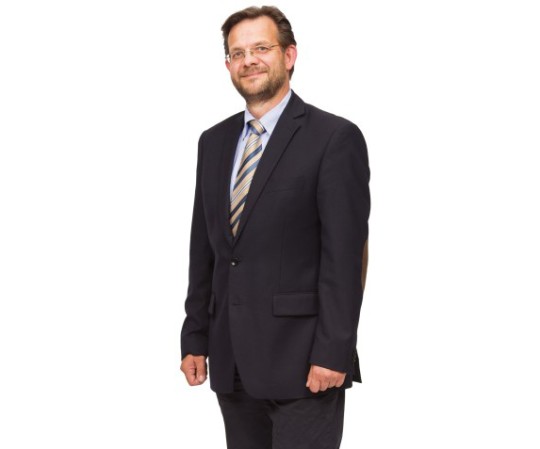What Does “Cat” Stand for in the Ethernet World?
THE EVOLUTION of ‘Ethernet‘ LAN technology began in the 1990s. Guidelines listed under the name ‘IEEE 802.3‘, have long been a global standard. For organizational reasons, the technical components were subdivided into categories (Cat) 1 to 8. Each category reflects a generation of technology and defines specific data transmission properties of the cables. Of the eight current categories, the first four are only for historical purposes today. With data transmission rates of a few kilo- or megahertz, they offer snail pace speeds and go back to a time when ISDN was state-of-the-art. Cat 5 defines a transmission frequency of 100 megahertz and speeds of 100 Mbit/s, which means it can be used to implement traditional computer networks in office buildings. The most widespread category these days is Cat 6. This category guarantees operating frequencies of 250 megahertz for voice and data transmission in the gigabit range. Cat 6A manages 10 gigabit rates at 500 megahertz frequencies. Cat 7 also transmits at 10 gigabit but a higher frequency of 600 megahertz for maximum transmission length. The latest generation, Cat 8, is being used for data network visualization and 40 gigabit Ethernet data centres. Cat 4 to Cat 7A components fully integrate with one another. For permanently fixed components such as cables, installing the highest category variant is recommended to ensure their future performance. In contrast, plugs and data sockets can easily be replaced at any time. The result is a mixed network which requires a second designation, this time into classes A to F. The class applies to the entire network and is based on the lowest common denominator. This means the component with the lowest class determines the overall class of the network. For example, if a network contains a Cat 7 (F) cable and Cat 6 (E) plug, the network is assigned the class of the plug i.e. class E.

